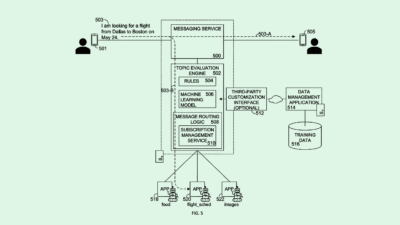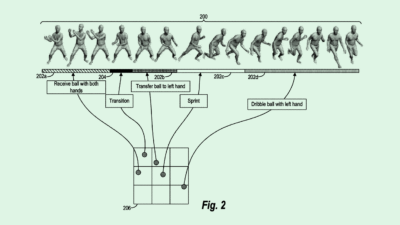Mastercard Goes Eco-Friendly (plus more from Nvidia & Facebook)
Mastercard’s Eco-Friendly card points, Nvidia’s gaze detection, Facebook’s cloud gaming solution
Sign up to uncover the latest in emerging technology.
Mastercard’s Eco-Friendly card points, Nvidia’s gaze detection, Facebook’s cloud gaming solution
1. Mastercard – rewards for eco-friendly activities
Mastercard is looking into tracking and rewarding cardholders for making transactions associated with being eco-friendly.
Cardholders who enrol in the service will have a ‘green-score’ attached to their profile. Whenever a transaction takes place and activity is deemed to be eco-friendly, their green-score will update.
Mastercard is considering different ways of rewarding users, including:
cashable credit points
discount offers
a certificate for user participation that can be shared on social media (lol)
Some examples of eco-friendly activities outlined include cardholders declining to have a printed receipt for a transaction, and opting for online statements instead of paper ones.
Where things could become very interesting is if Mastercard roll this out and expands the scope of what activities are considered eco-friendly. For example, imagine Mastercard partnering with Beyond Meat and Oatly to offer rewards for buying meat-alternatives or non-dairy milks.
With these ‘green’ markets growing like crazy and firmly hitting mainstream traction, perhaps Mastercard see business interests and environmental interests beginning to converge, presenting an opportunity for the eco-friendly rewards system. At the very least, there’s a lot of brand equity to be realised from such a move.
2. Nvidia – gaze detection using neural networks
In this filing, Nvidia describes wanting to place cameras in a vehicle in order to track what a driver is looking at at any given point in time.
By tracking a driver’s gaze direction, the system can detect whether a driver is looking out a windshield while driving, or looking away, such as in the rear-view mirror. In turn, the system can see if a driver is distracted or unable to see an event. For example, imagine someone is walking in front of a vehicle and the system can see that the driver is not looking out the windshield. The system could determine that a user won’t be able to stop the vehicle in time, so it could intervene to stop the vehicle.
In order to train models that can estimate a driver’s gaze, Nvidia would need to train a model on drivers looking at various points of interest within a vehicle. Once enough data is collected, the model can be rolled out for that specific vehicle.
Besides tracking for distraction, Nvidia imagine looking at a driver’s gaze for understanding the context behind voice instructions in a vehicle. For example, if a driver is looking at the passenger seat window and says “lower that window”, the instruction could be properly understood and executed on.
As the car becomes the next big computing platform, Nvidia’s patent filing give us a glimpse into how we’ll be interacting with our vehicles in the future.
3. Facebook – streaming advanced games for low-power devices
Facebook is looking to enable owners of devices with low-computing capabilities (e.g. smartphones or laptops) to stream games with advanced video graphics that are usually limited to gaming PCs or a gaming console.
When owners of smartphones want to stream games with advanced graphics, they’re likely to face latency that affects gameplay and performance. The amount of latency also increases the further a user’s device is from a data centre.
Facebook’s solution is to enable a user’s low-power device to connect to high-power computing hardware. The high-power hardware would host the game on behalf of the low-power device. In turn, the low-power device would be able to interact with content that it previously couldn’t do efficiently because it lacked the necessary computing power.
Facebook envision using P2P connection to connect low-power devices to high-power devices. Essentially people who own high-power computers can register with a server and offer their services as a third-party hosting system. Users on low-power devices can then search for these hosts and connect with one nearby. The closer the geographical distance between these devices, the less latency that would be experienced by the owner of the low-power device.
To incentivise owners of high-power computing devices to join the network, Facebook is thinking about enabling owners of low-power devices to pay to use the hosting service.











